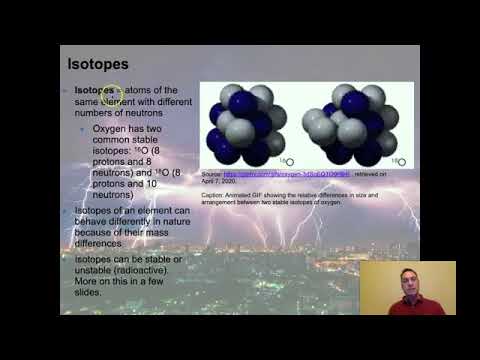
Environmental Science: A Complete Course Overview
This course introduces Environmental Science, an interdisciplinary field combining biology, chemistry, geology, physics, and social sciences to explore environmental issues, understand ecosystem interactions, and find solutions to global problems. Throughout the course, students will learn about the physical, chemical, and biological processes that influence our environment and the role humans play within these ecosystems.
—
Course Breakdown:
1. Introduction to Environmental Science
Definition and scope of Environmental Science
Interdisciplinary nature of the field
Importance of environmental awareness
2. Ecosystems and Biodiversity
Structure and function of ecosystems
Food chains, food webs, and ecological pyramids
Biodiversity and its conservation
Threats to biodiversity and endangered species
3. Human Population and Environmental Impact
Human population growth and demographic trends
Carrying capacity and resource depletion
Urbanization and environmental consequences
Sustainable development goals (SDGs)
4. Natural Resources
Types of natural resources: renewable and nonrenewable
Water, soil, forests, and mineral resources
Conservation of natural resources and sustainable usage
Alternative energy sources: solar, wind, geothermal, and bioenergy
5. Environmental Pollution
Types of pollution: air, water, soil, noise, and radioactive pollution
Causes and effects of each pollution type
Techniques for pollution control and waste management
Global agreements on pollution control (e.g., Kyoto Protocol, Paris Agreement)
6. Climate Change and Global Warming
Causes and evidence of climate change
Greenhouse gases and their impact on global warming
Consequences of climate change: extreme weather, rising sea levels, etc.
Mitigation strategies: carbon footprint reduction, renewable energy, and policy changes
7. Environmental Laws and Policies
Key environmental laws and regulations (e.g., Clean Air Act, Endangered Species Act)
Role of governmental and non-governmental organizations
Environmental policies at the global, national, and local levels
Role of international organizations (e.g., UN, IPCC) in environmental protection
8. Sustainability and Conservation
Principles of sustainable development
Conservation strategies for ecosystems and species
Role of technology in promoting sustainability
Case studies of successful conservation efforts
9. Environmental Science and Technology
Role of technology in monitoring and protecting the environment
Innovations in recycling, renewable energy, and waste management
Future technologies for sustainability
Challenges and ethical considerations in environmental technology
10. Field Work and Practical Applications
Data collection and analysis in environmental studies
Field techniques in soil, water, and air quality testing
Practical projects on local environmental issues
Careers and further studies in Environmental Science
—
Learning Outcomes:
By the end of this course, students will:
Develop a comprehensive understanding of environmental processes and issues.
Analyze human impact on natural systems and identify sustainable solutions.
Recognize the importance of biodiversity, pollution control, and conservation.
Apply scientific reasoning to propose and evaluate environmental policies.
—
This course provides a strong foundation for those interested in pursuing further studies or careers in environmental science, conservation, policy-making, and sustainability.
source






